
Pickleball continues to surge in popularity, captivating players of all ages with its fast-paced, fun, and accessible gameplay. Whether you're a beginner picking up a paddle for the first time or a seasoned player aiming to refine your skills, understanding the latest 2025 pickleball rules is essential.
Why waste time debating service foot faults or disputing line calls when there's a game to dominate? Learn everything you need to know about the rules of pickleball. The PCSsole running insole lets you move with ease on the court.
What are the rules for pickleball?
Pickleball is a paddle sport combining elements of tennis, badminton, and table tennis. Knowing key facts like serving and scoring rules can help you avoid making some common mistakes.
Here are the fundamental rules of pickleball, covering serving, scoring, the non-volley zone, and common faults:
Pickleball Rules: Doubles vs Singles
Most pickleball games are played between two teams, each comprising two players, a format known as doubles. Conversely, a singles game of pickleball involves two players competing head-to-head.
The rules for doubles in pickleball are nearly identical to those for singles, with one key difference. In singles, the server stands on the right side of the court when their score is even and on the left side when their score is odd.
Pickleball Rules for Serving
Understanding pickleball serve rules is crucial to prevent losing rallies due to service faults. The fundamental guidelines for serving in pickleball are as follows:
- Announce the complete score before starting your serve.
- Always deliver the serve from behind the baseline.
- To avoid a service foot fault, both your feet must stay behind the baseline and within the imaginary extensions of the sideline and centerline until after you've hit the ball.
- The server’s arm must move in an upward arc (an underhand serve) when they strike the ball.
- When serving, your pickleball paddle must remain below waist level.
- Serves must be directed diagonally across the court.
- The serve must land within the boundaries of the opposite service court, but not inside the kitchen.
- At the beginning of a game, the serving team has only one serve attempt.
- For all subsequent rallies, each player on the team is permitted to attempt a serve until either a rally loss or a fault occurs, which then results in a side out, transferring the serve to the opposition.
Pickleball Serve Position Rules
- The initial serve of the game and each side-out is executed from the right side of the court.
- If the serving team scores a point, the server moves to the left side of the court before serving.
- With each additional point, the server alternates between the right and left sides of the court until a fault or rally loss occurs.
The Two-Bounce Rule
After the serve, each team must let the ball bounce once before volleying (hitting the ball in the air). This means the receiving team lets the serve bounce, and the serving team lets the return bounce before playing volleys.

Pickleball Scoring Rules
Points by Serving Team Only: Traditionally, points can only be scored by the serving team. If the receiving team wins the rally, it's a "side out," and they gain the serve, but no point is scored.
Games to 11, Win by 2: Games are typically played to 11 points, and a team must win by at least a 2-point margin. Tournament games may go to 15 or 21, and winning by 2.
In a pickleball singles game, scores are announced with two numbers: the server's score, then the receiver's score. For a doubles game, the score is called as three numbers: the server's score, the receiver's score, and then the server number. This server number simply indicates which of the two players on the team is currently serving.
Pickleball Non-Volley Zone Rules
No Volleying in the Kitchen: Players are prohibited from hitting a volley (hitting the ball before it bounces) while standing in the Non-Volley Zone, or if their momentum carries them into the NVZ after hitting a volley, even if the ball is already dead.
Stepping on the Line is a Fault: Touching the NVZ line, or having any part of your body or paddle touch the line while volleying, is a fault.
Entering the Kitchen is Allowed: Players can enter the Non-Volley Zone at any time to hit a ball that has bounced in the Kitchen. They just cannot hit a volley while in the Kitchen.
Most kitchen foot faults happen when the player steps on or over the kitchen line during or after volleying the ball. They may lose balance or traction, causing their momentum to carry them into the kitchen, or their equipment or paddle may touch or fall into the non-volley zone.
Wearing PCSsole insoles can significantly enhance your court movement. Running Flexible Performance insoles offer exceptional grip, dynamic support, and a stabilizing fit within your pickleball shoes, leading to improved balance and effortless footwork. Their targeted cushioning ensures you stay on your toes, allowing for responsive, agile play.
Line Calls
In pickleball, line call rules determine if a ball is “in” or “out.” The ball must clear the net and land in the appropriate court during a serve. For the serve, the ball is deemed “in” if it touches any part of the centerline, sideline, or baseline, but not the non-volley zone lines.
A ball is deemed “out” if it lands in the non-volley zone, on the kitchen line, or beyond the boundaries of the opposing court during a serve. Any other time, the ball is considered “out” if it lands outside the court’s lines.
Pickleball Faults & Side Outs
Faults occur when a player breaks any of the pickleball rules. These can range from foot faults and service faults to issues like poor conduct, time violations, and even hitting the ball twice consecutively.
The fault results in a side out, which gives the serve to the receiving team. Unless it is the first serve of the game, the second player on the serving team still has a chance to serve after the first player faults.
These rules form the foundation of pickleball play. For complete details and any new 2025 rule changes, it's always best to consult the official USA Pickleball rulebook.
Wear PCSsole and play like a pro
Grasping the fundamentals of pickleball rules is key to playing in a way that sharpens your skills and ensures everyone enjoys the game. Much like PCSsole insoles enhance your shoes' fit, feel, and performance, adhering to pickleball's rules also elevates your game to the next level.
References:


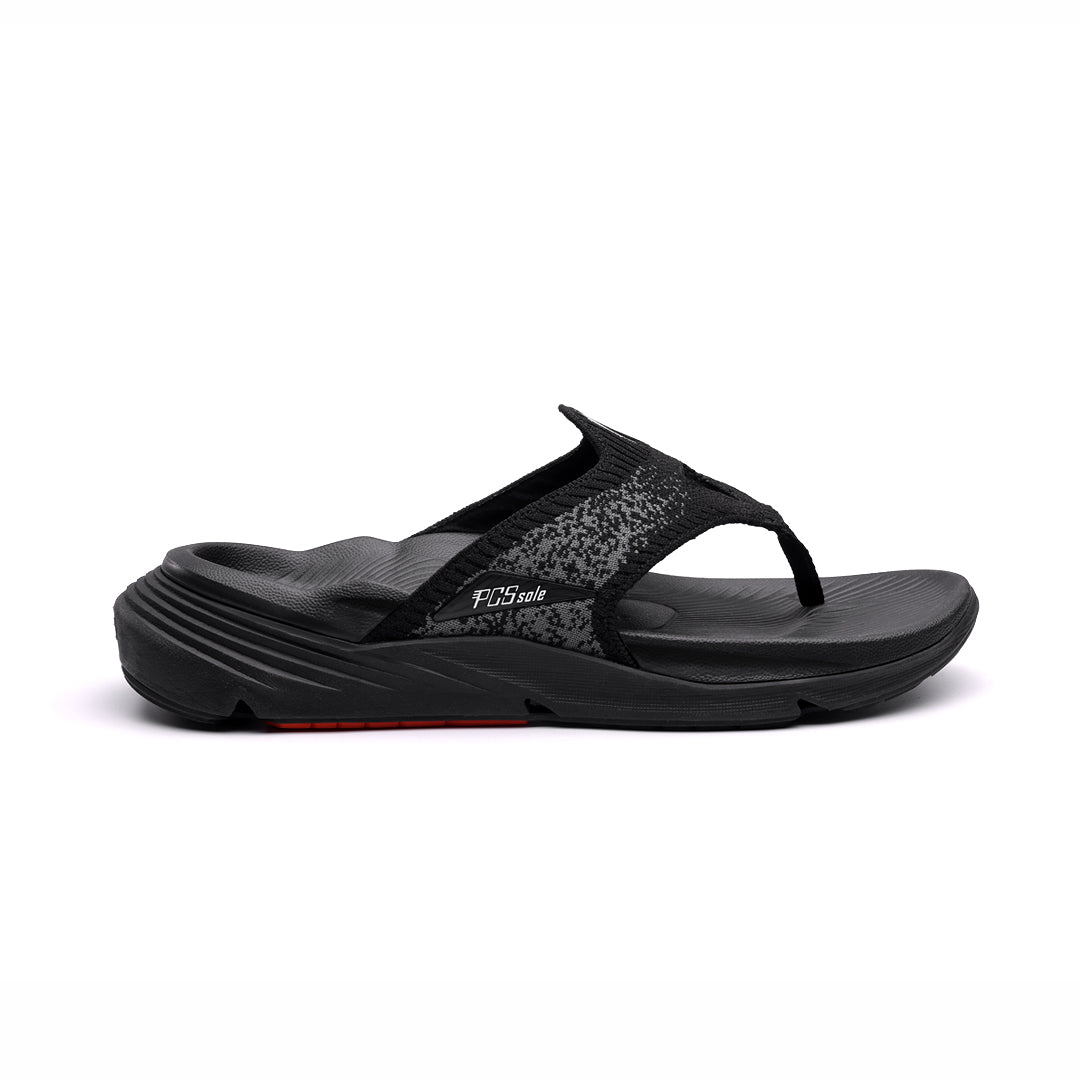

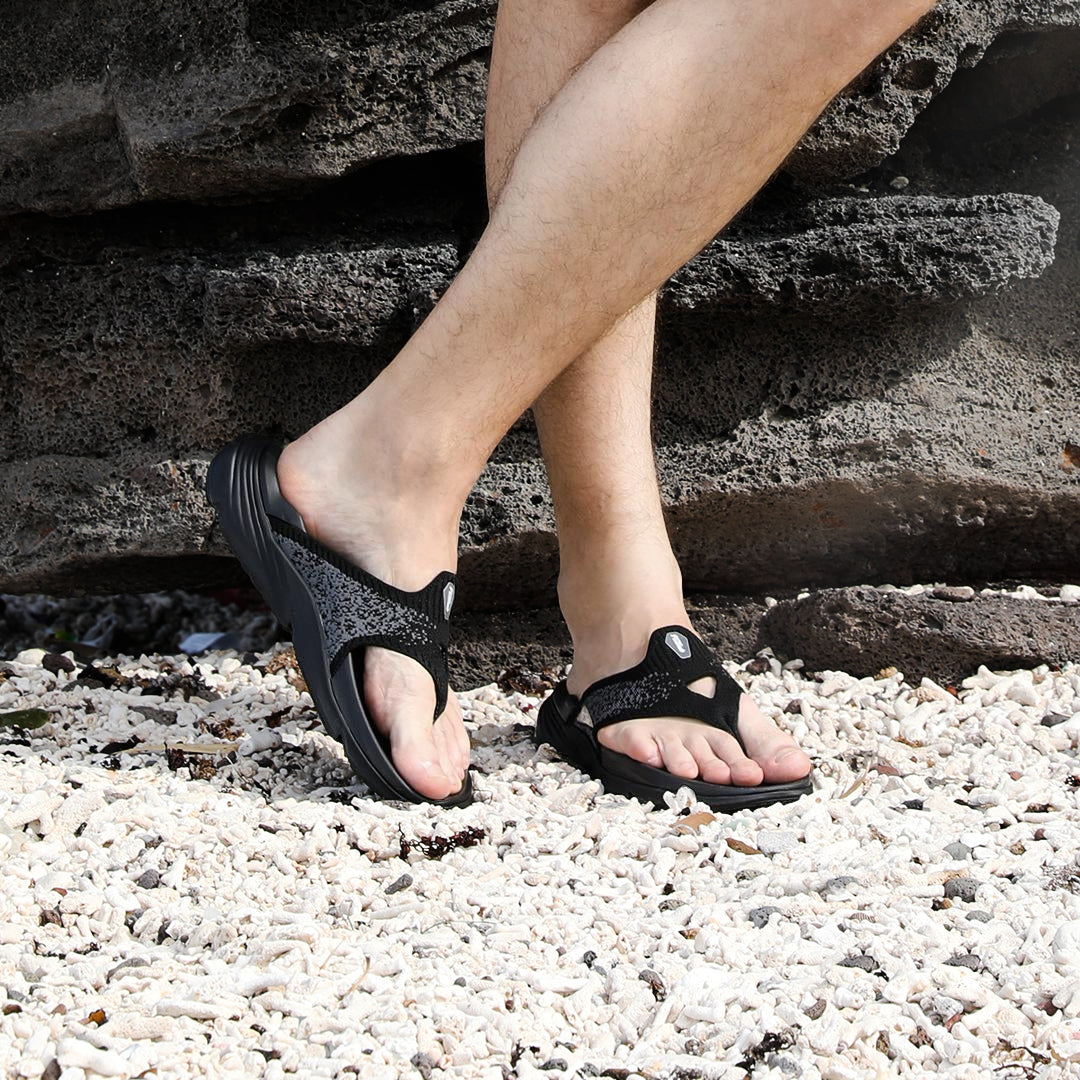
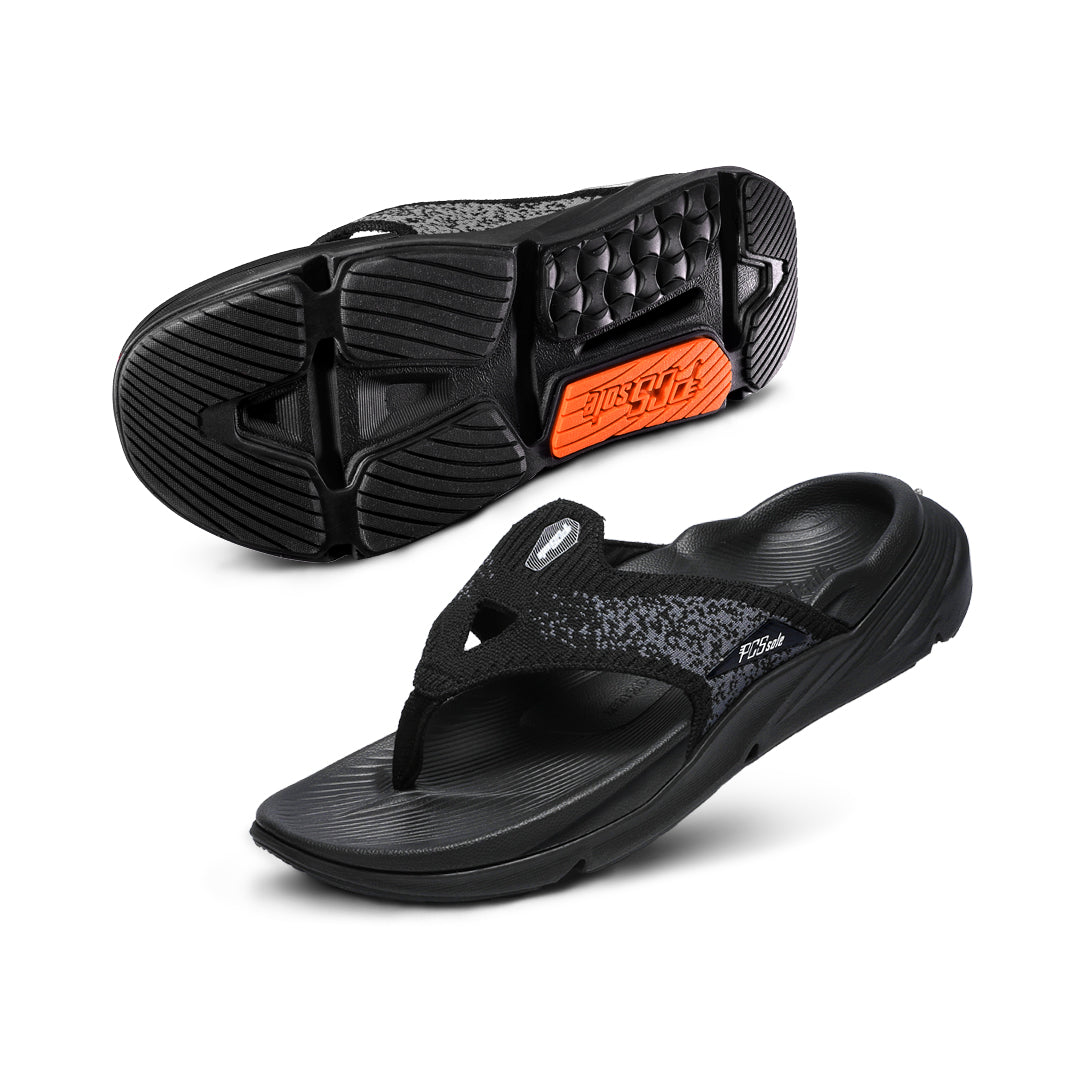
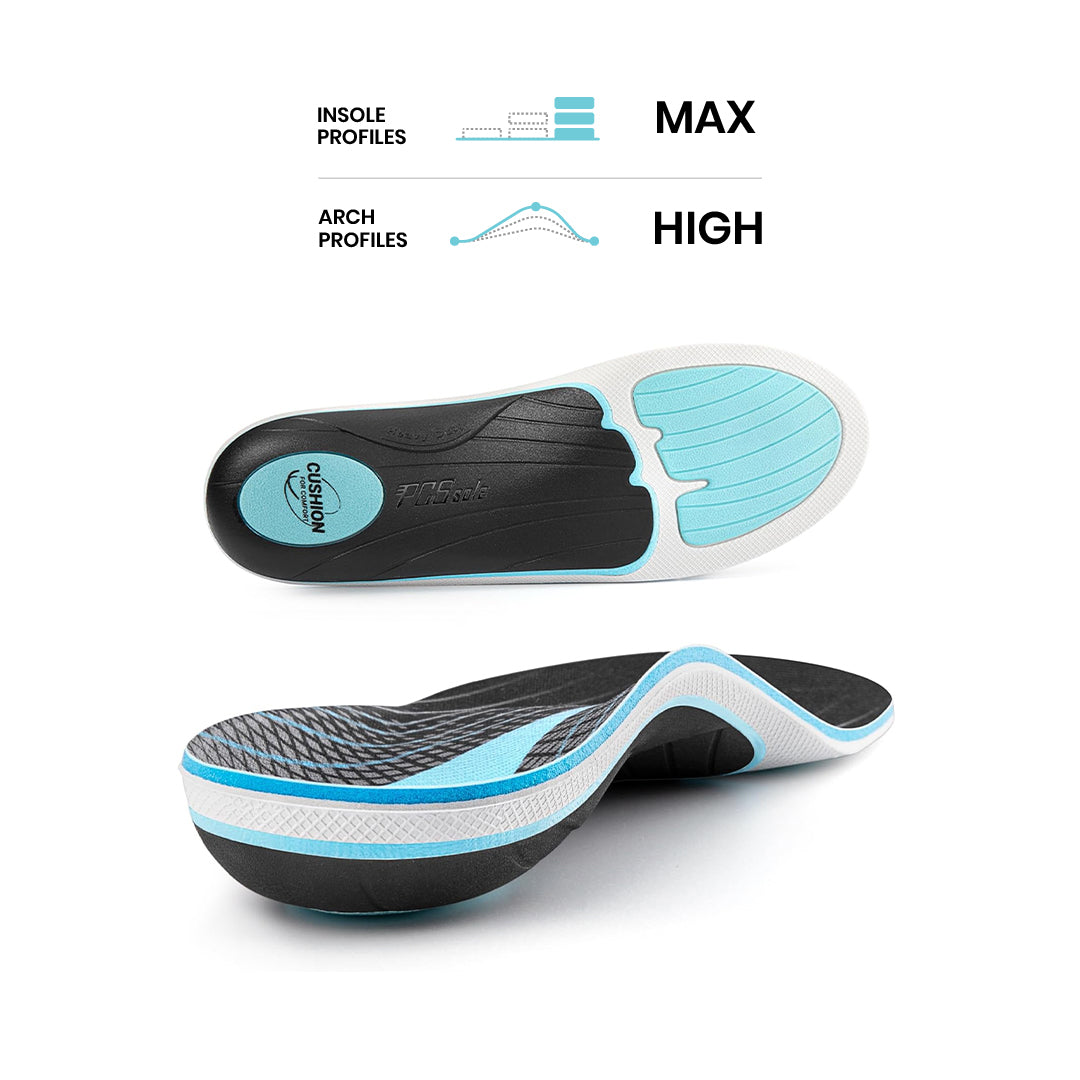
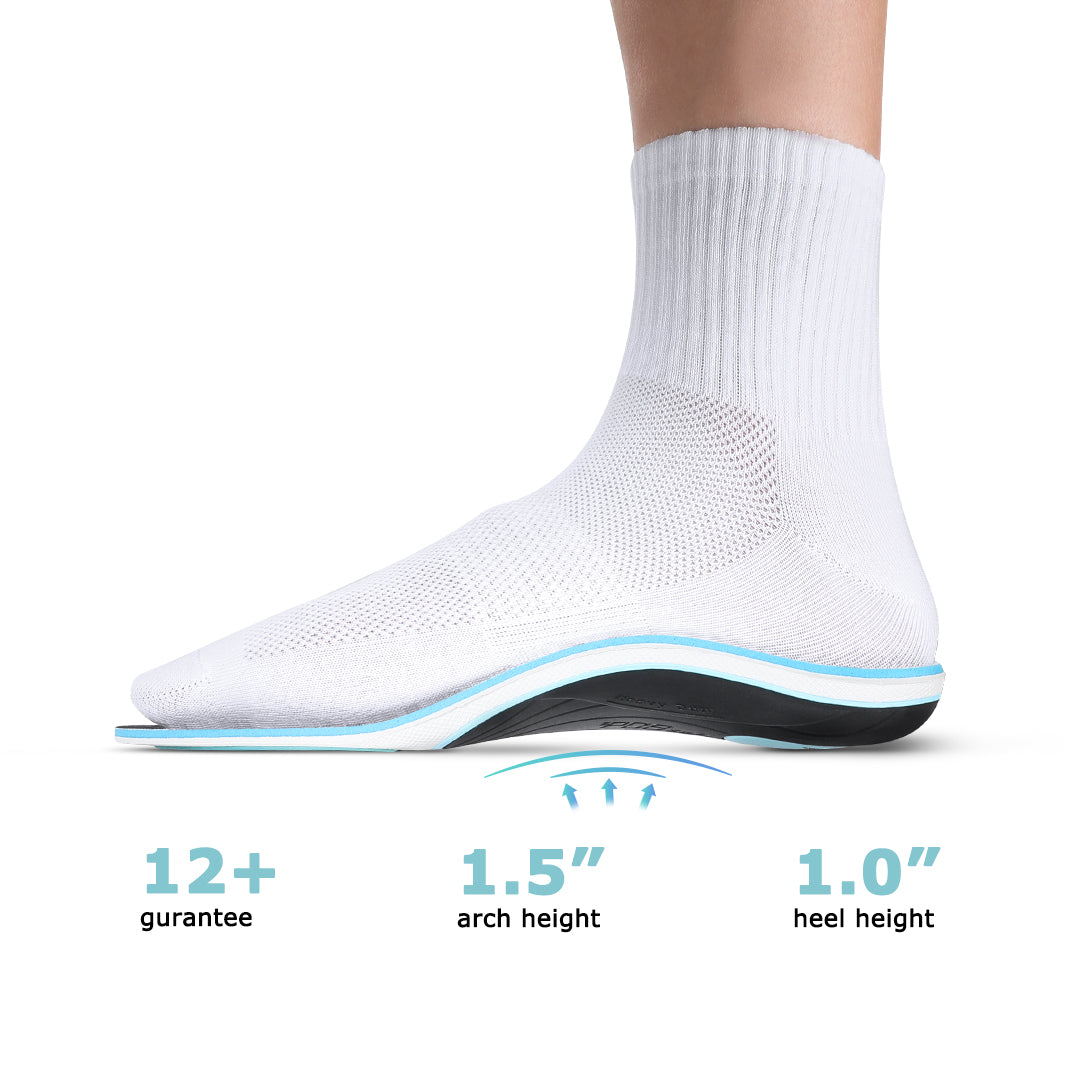
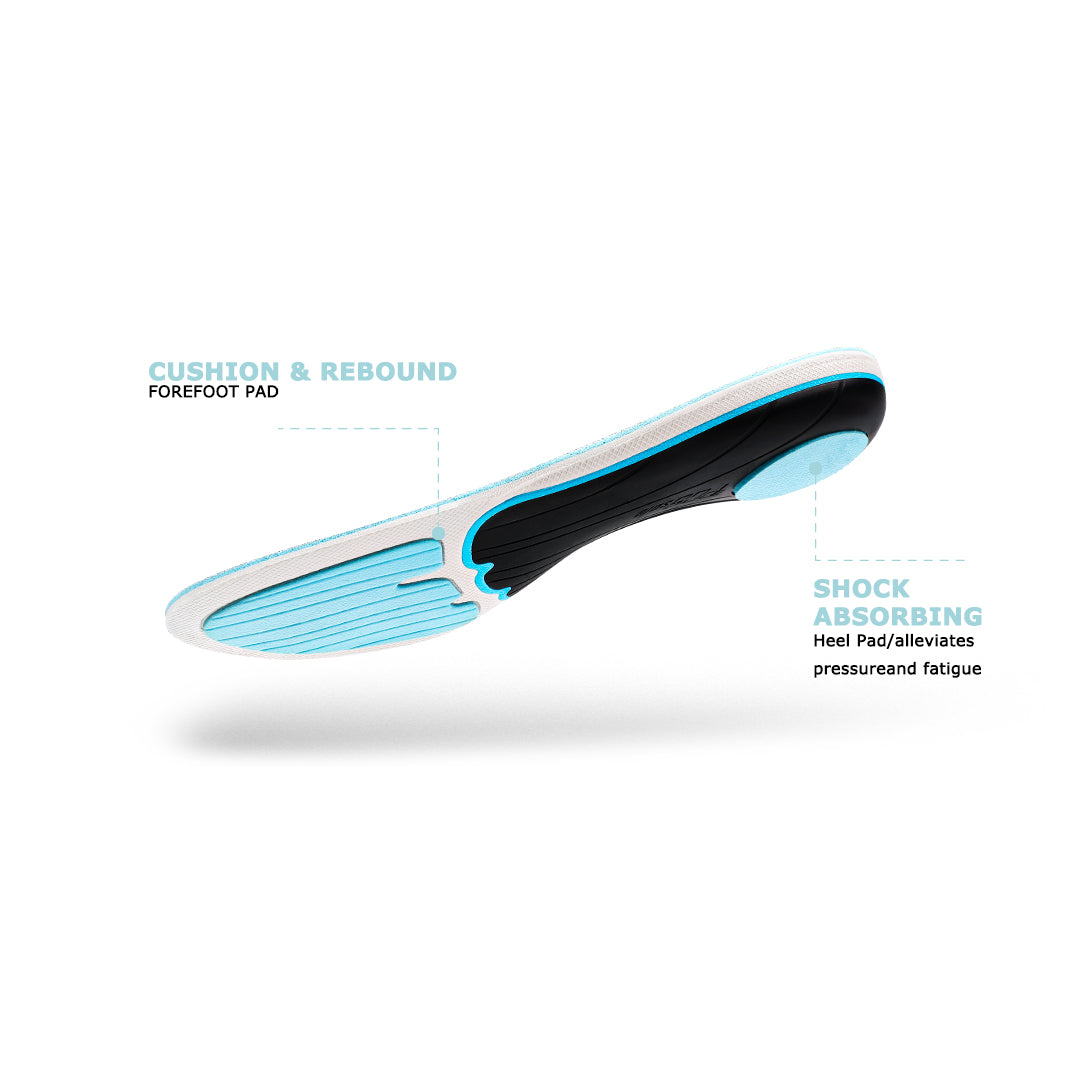
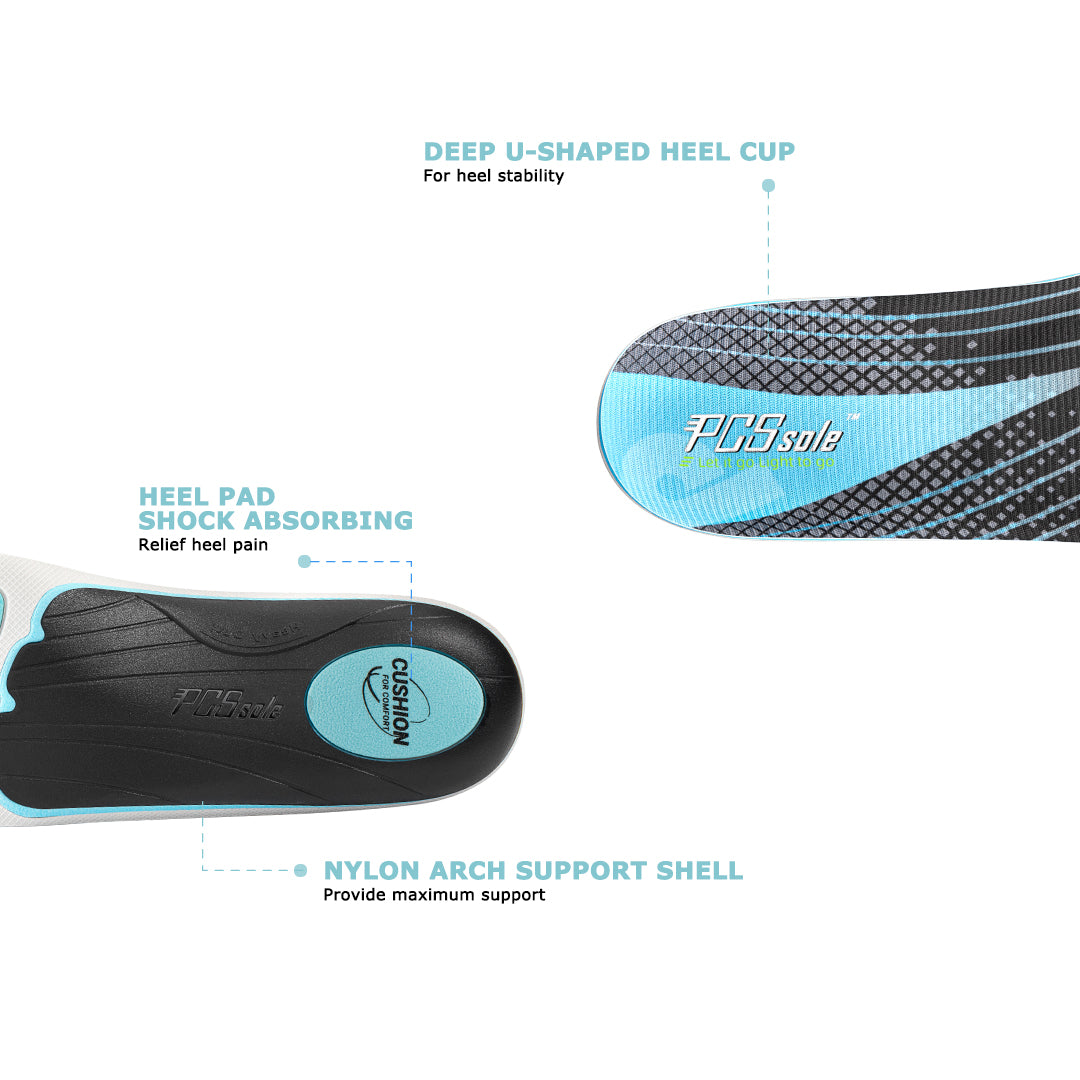
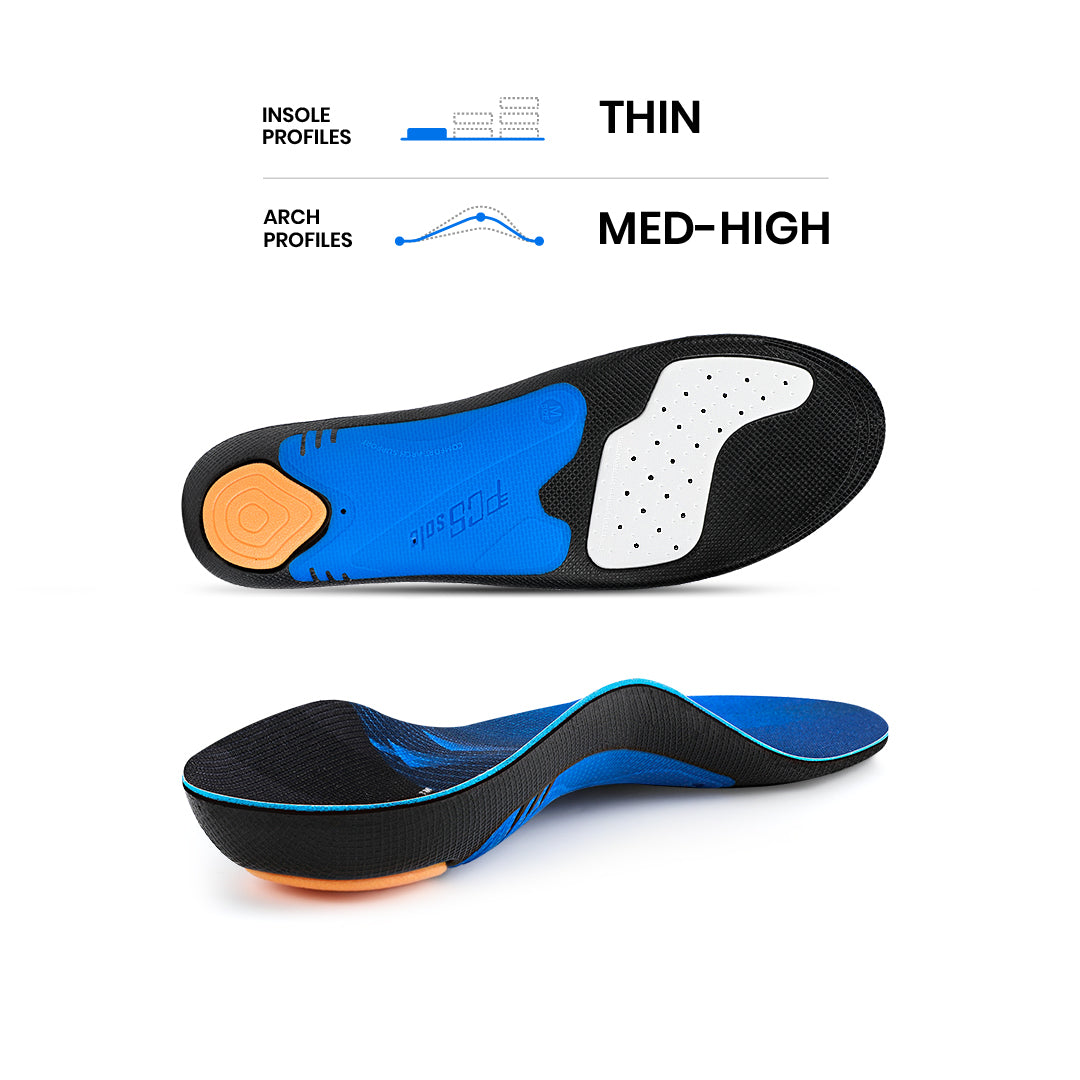
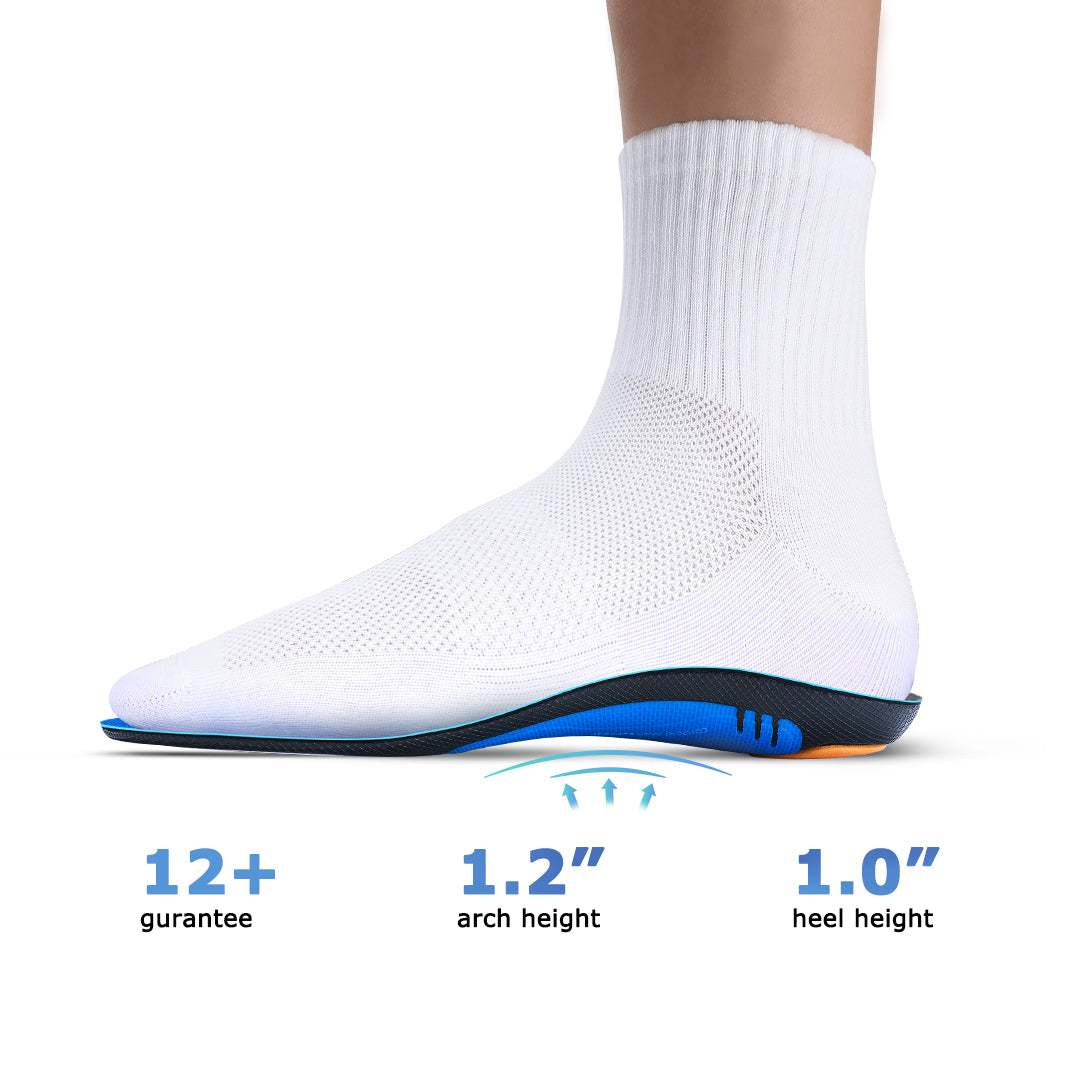
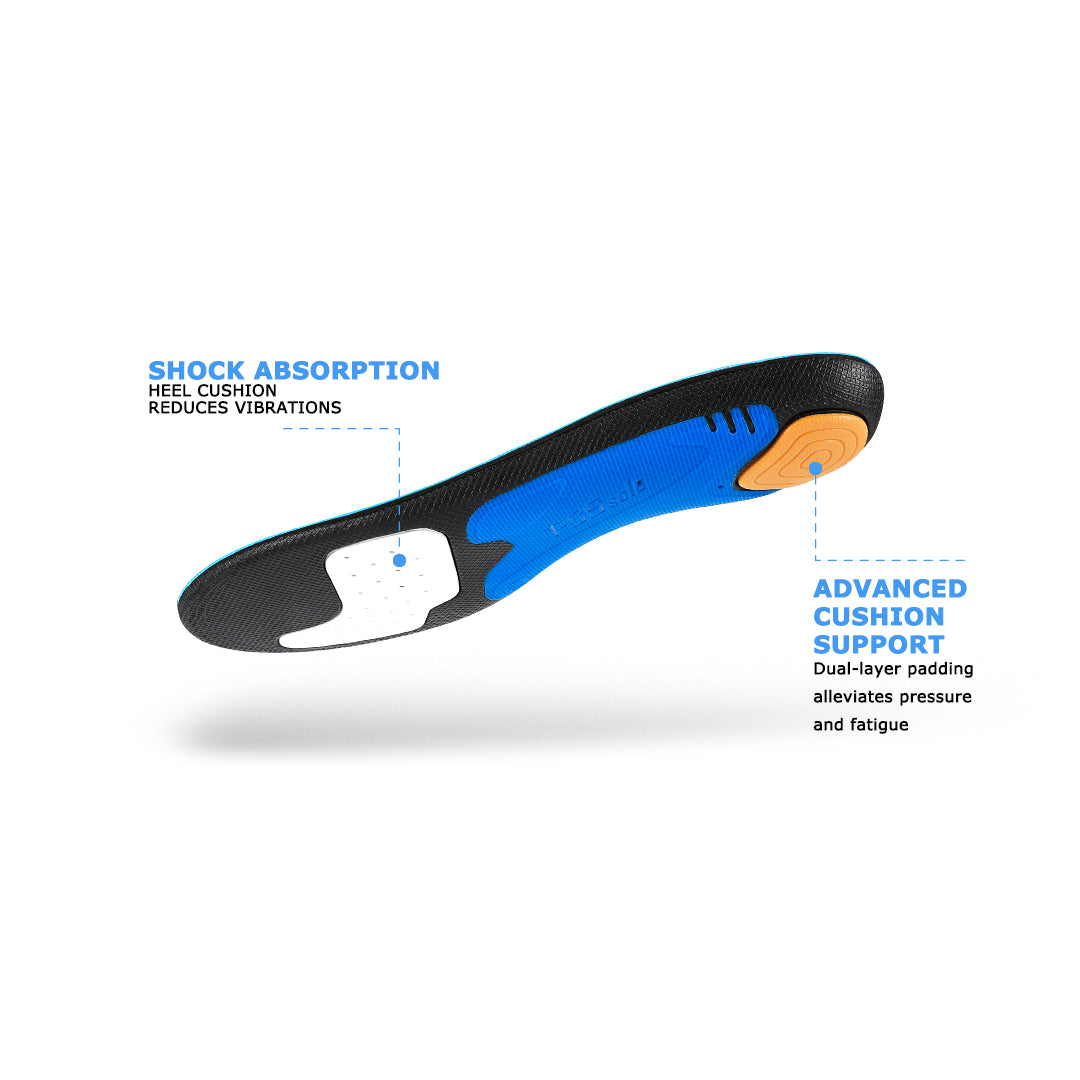
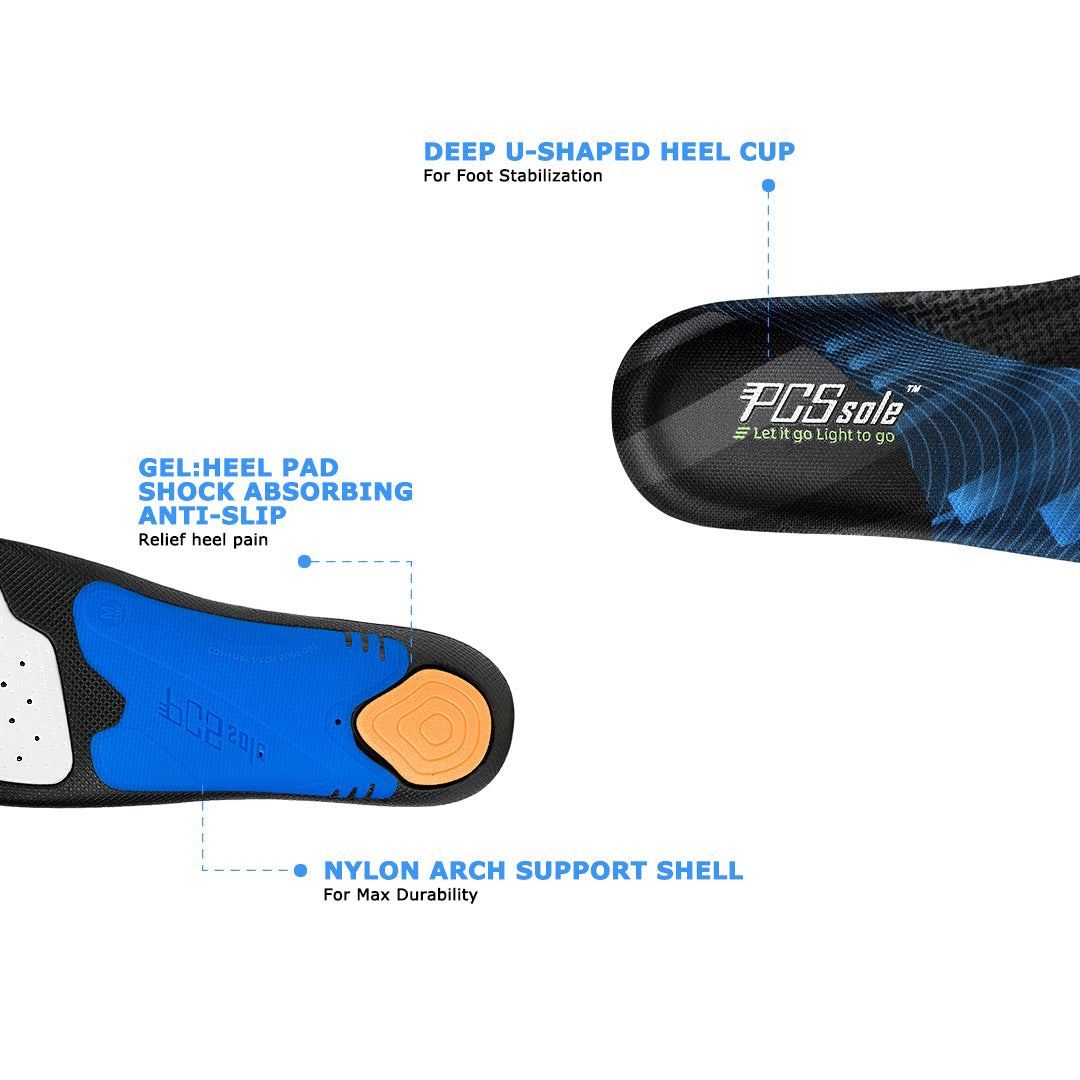
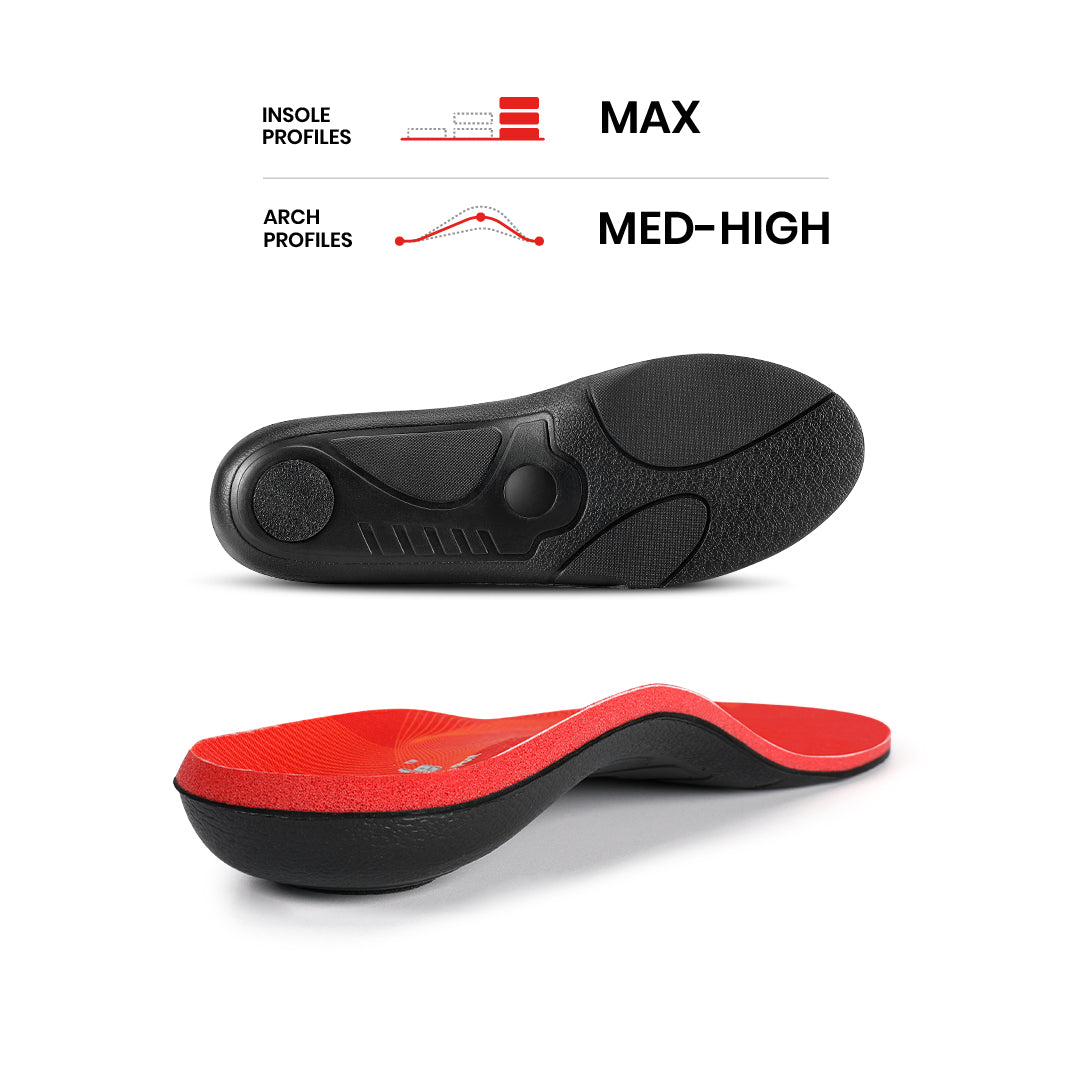


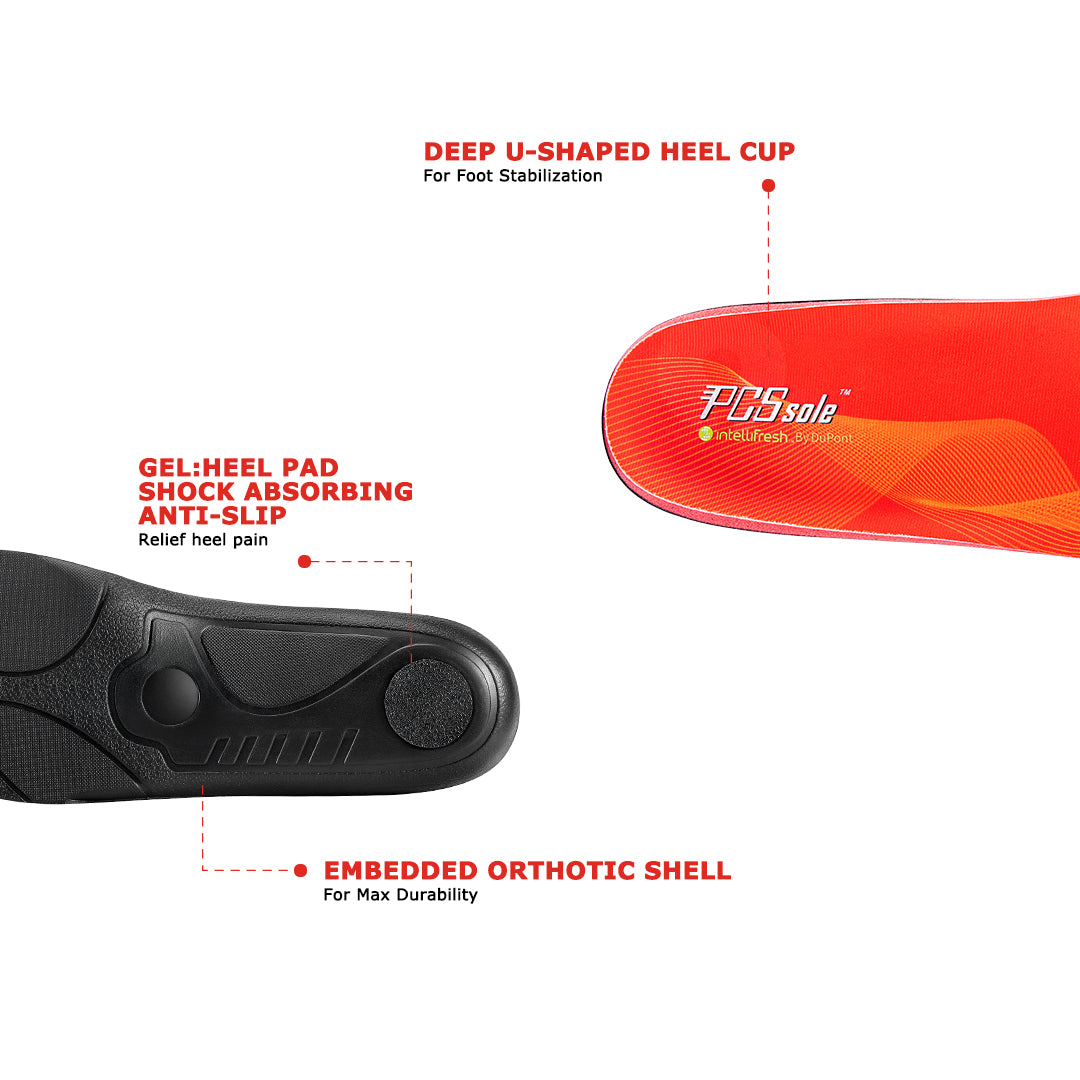
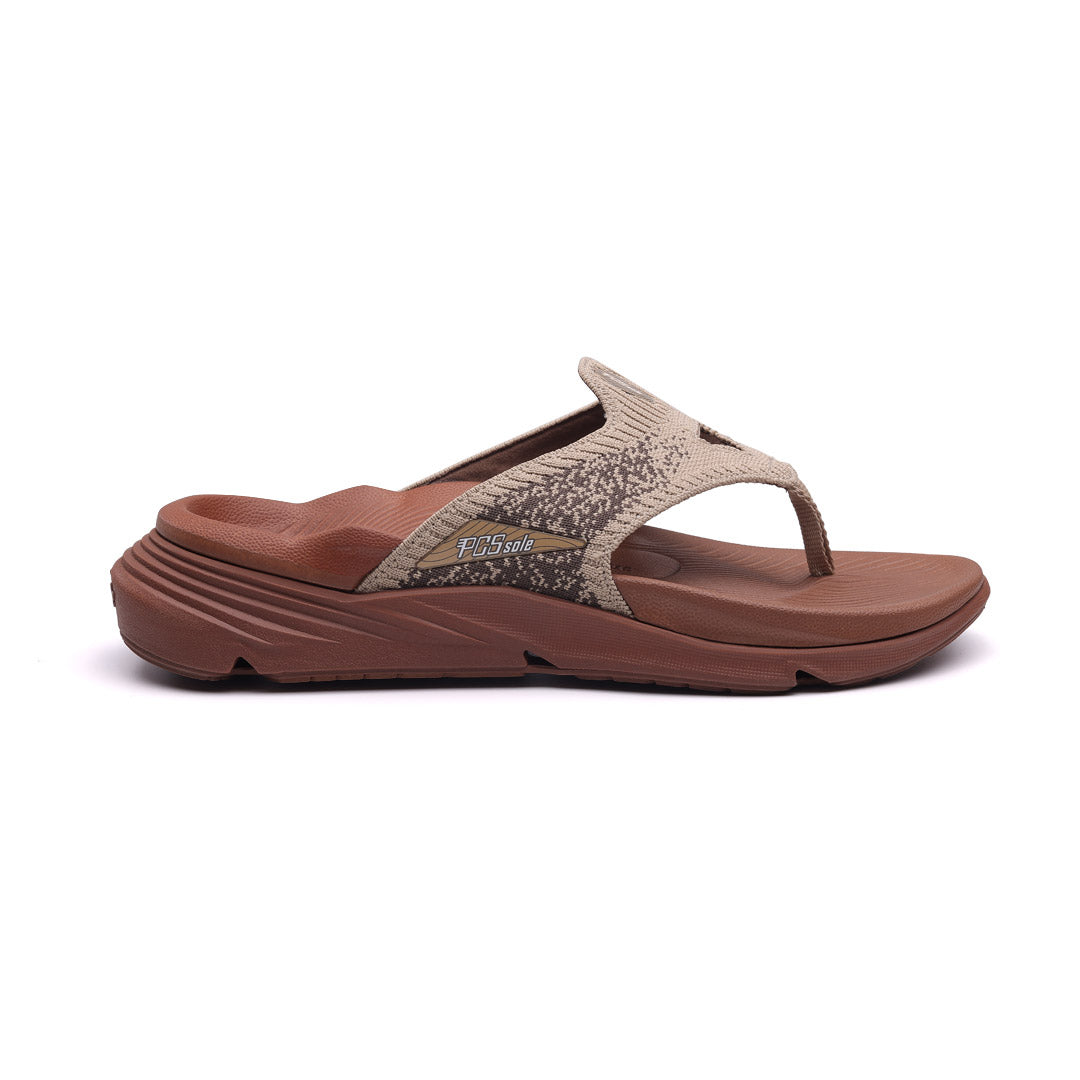


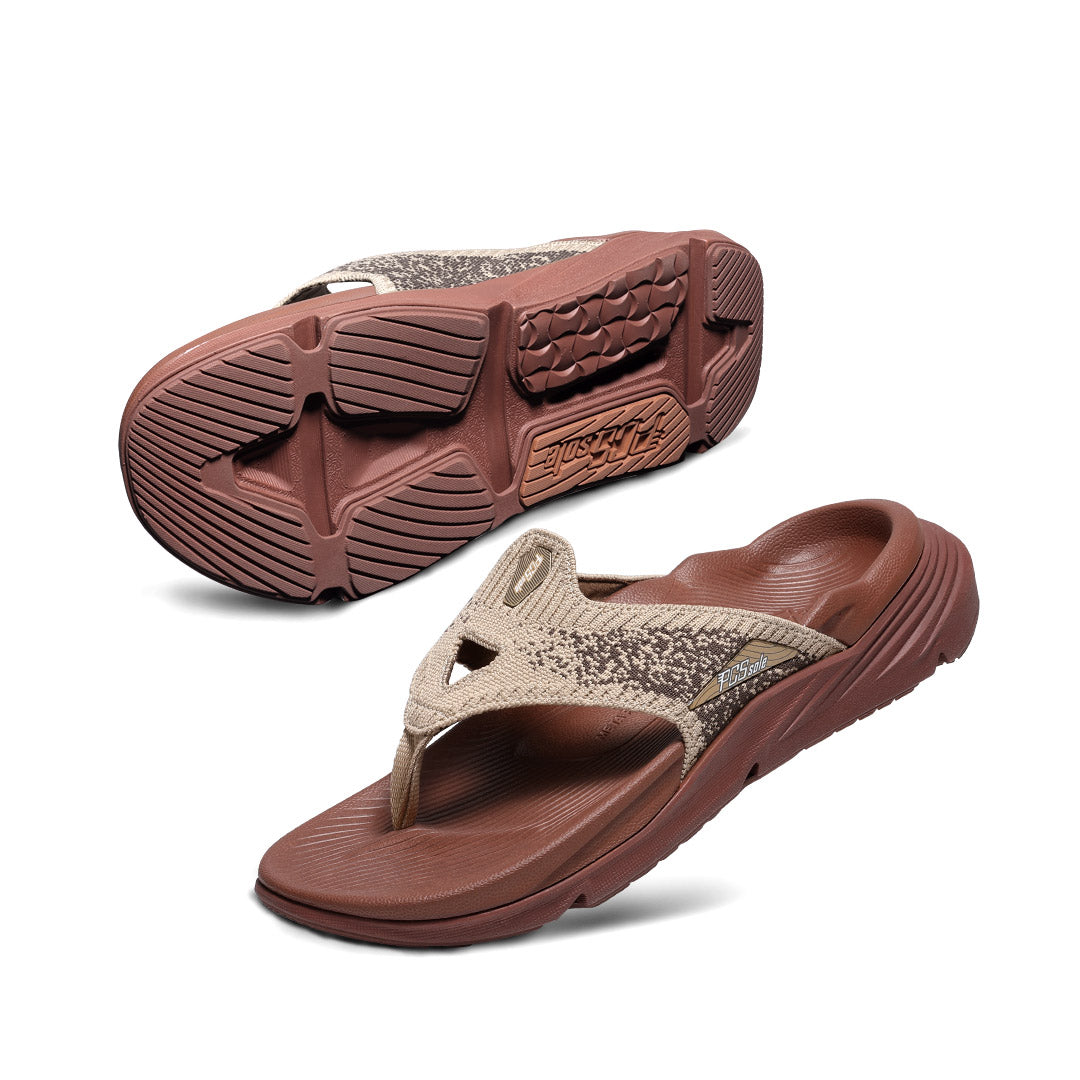
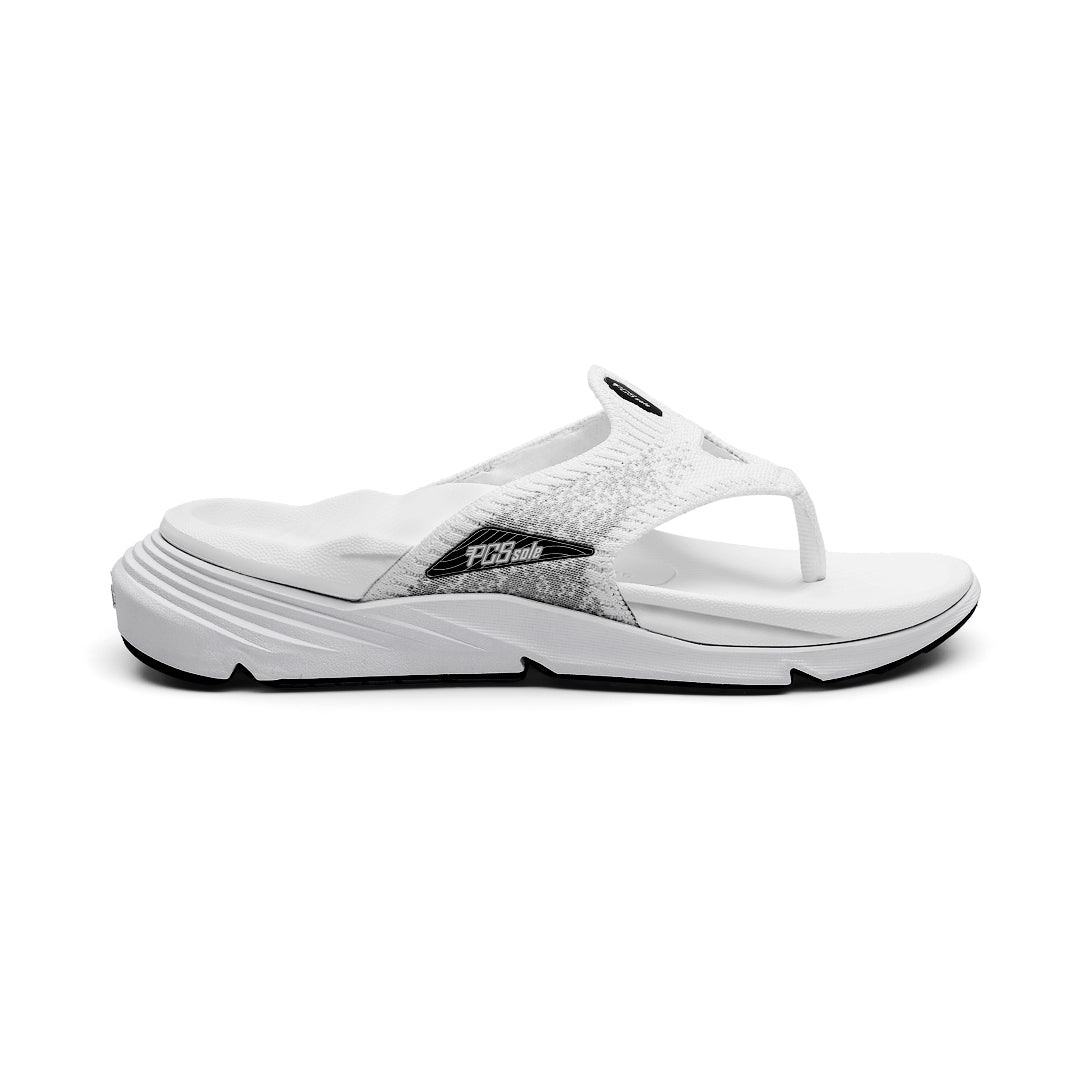

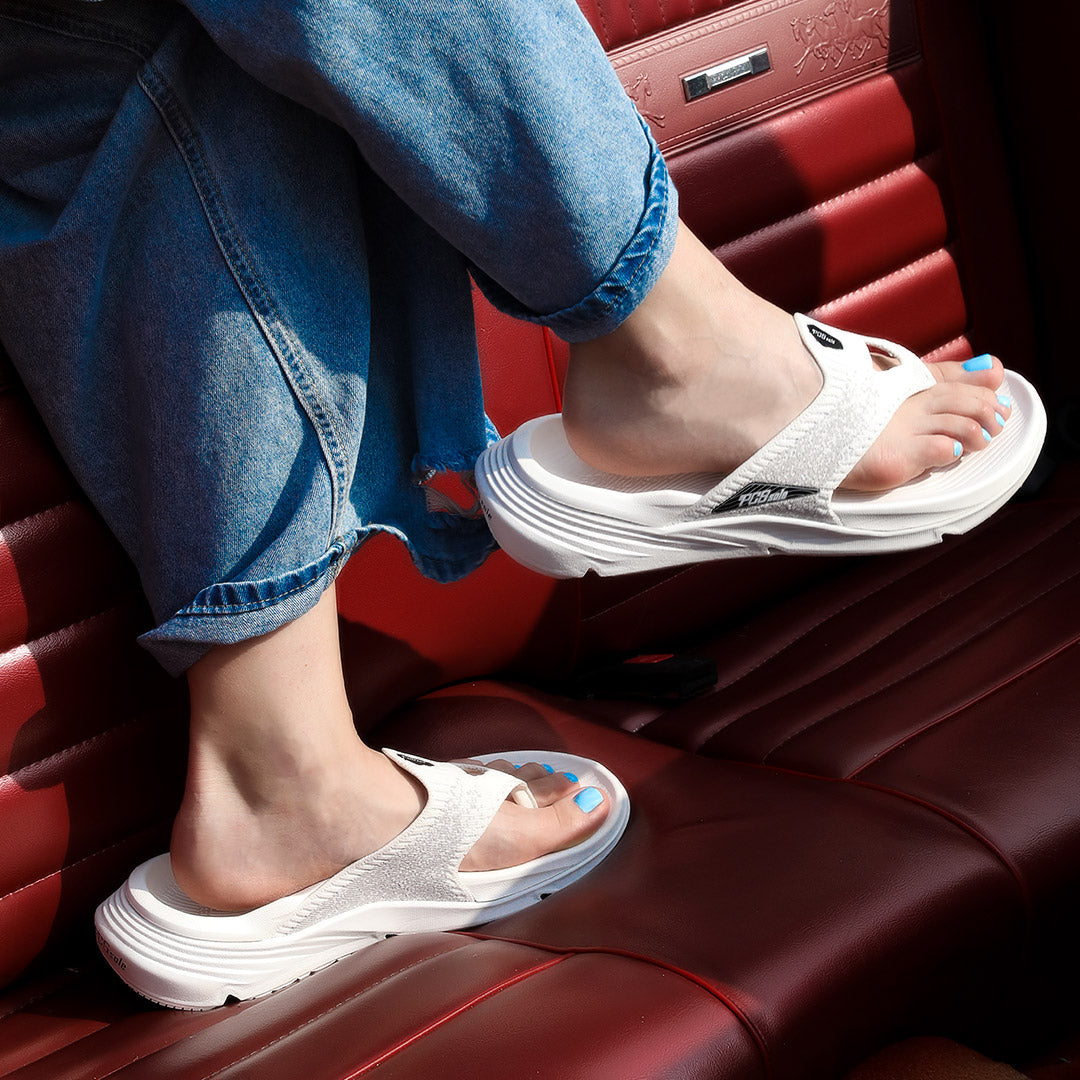
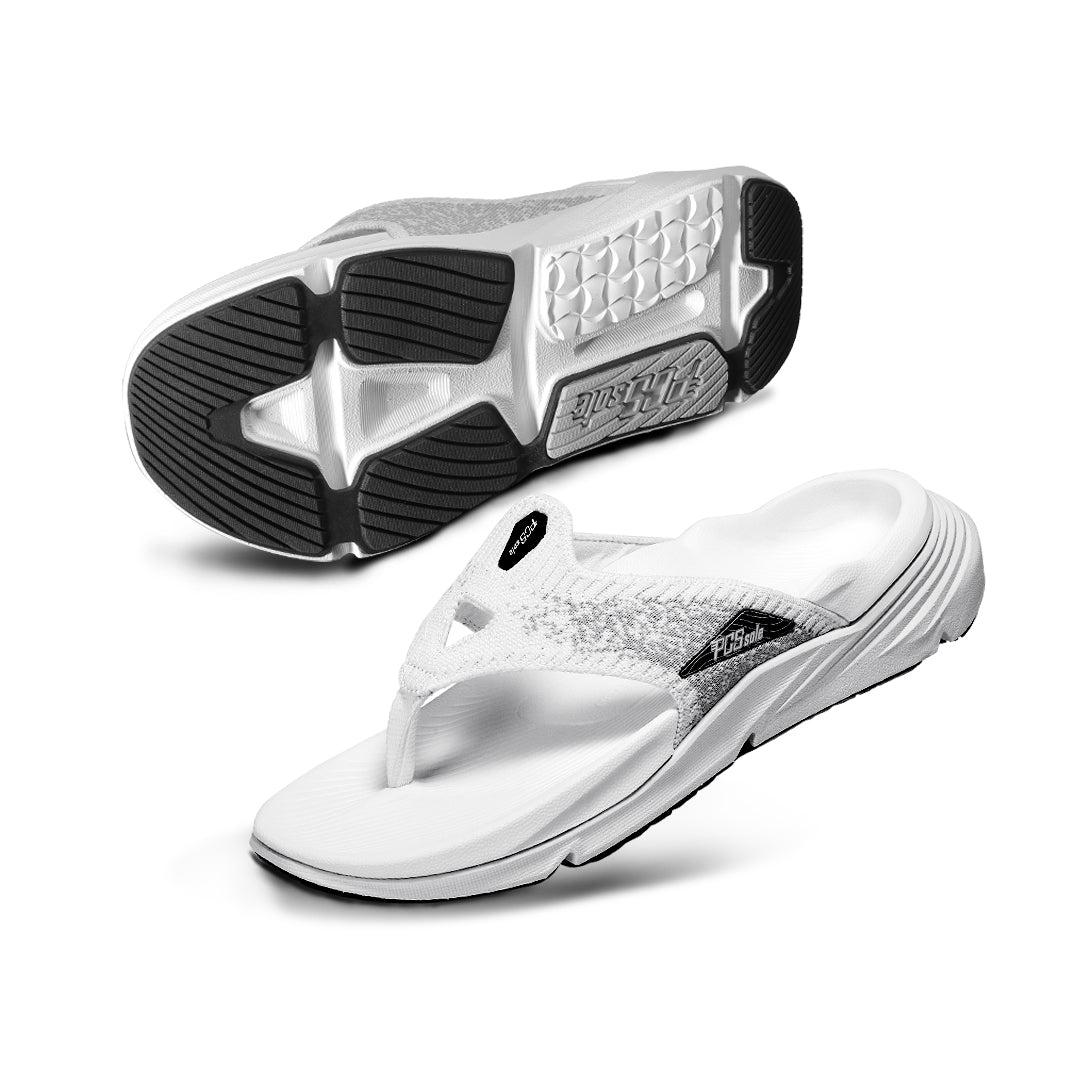
Aktie:
Arch Support Insoles for Posterior Tibial Tendonitis and PTTD
How to Choose Insoles if My Sneakers Are Too Big?